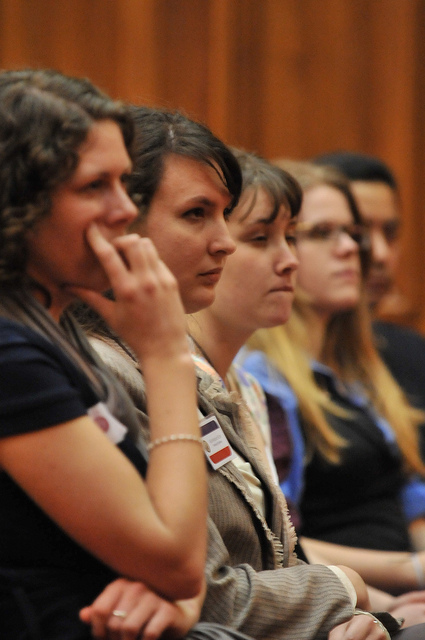The Role of Collaboration in Tourism Research
 [We’re pleased to welcome Gang Li of Deakin University. Gang recently published an article in Journal of Hospitality & Tourism Research entitled “Temporal Analysis of Tourism Research Collaboration Network” with co-authors Wei Fan of Hong Kong Polytechnic University and Rob Law of Hong Kong Polytechnic University.]
[We’re pleased to welcome Gang Li of Deakin University. Gang recently published an article in Journal of Hospitality & Tourism Research entitled “Temporal Analysis of Tourism Research Collaboration Network” with co-authors Wei Fan of Hong Kong Polytechnic University and Rob Law of Hong Kong Polytechnic University.]
Network analysis is an effective tool for the study of relationships among individual, including the relationships among researchers. We would like to investigate the changes of importance of individual researchers in collaboration networks of tourism research over time, which may help to obtain better understanding of collaboration to promote the progress of research.
We proposed to evaluate the importance of researchers by considering both productivity and their contribution to the connectivity of collaboration networks. In network analysis, centrality measures can reflect the importance of nodes in a network and degree and betweenness are two commonly used centrality measures in previous studies. This study found that betweenness centrality is better than degree centrality in terms of reflecting the changes of importance of researchers.
Information about the evolution of collaboration network and the changes of each researcher can be provided withthe method proposed in this study. With further research on topic analysis of published articles, the proposed method may help to explore trends in tourism and hospitality research. Moreover, this work provides an alternative method to utilize centrality measure in network analysis.
The abstract for the paper:
Network analysis is an effective tool for the study of collaboration relationships among researchers. Collaboration networks constructed from previous studies, and their changes over time have been studied. However, the impact of individual researchers in collaboration networks has not been investigated systematically. We introduce a new method of measuring the contribution of researchers to the connectivity of collaboration networks and evaluate the importance of researchers by considering both contribution and productivity. Betweenness centrality is found to be better than degree centrality in terms of reflecting the changes of importance of researchers. Accordingly, a method is further proposed to identify key researchers at certain periods. The performance of the identified researchers demonstrates the effectiveness of the proposed method.
You can read “Temporal Analysis of Tourism Research Collaboration Network” from Journal of Hospitality & Tourism Research free for the next two weeks by clicking here. Want to know all about the latest research from Journal of Hospitality & Tourism Research? Click here to sign up for e-alerts!

































































































